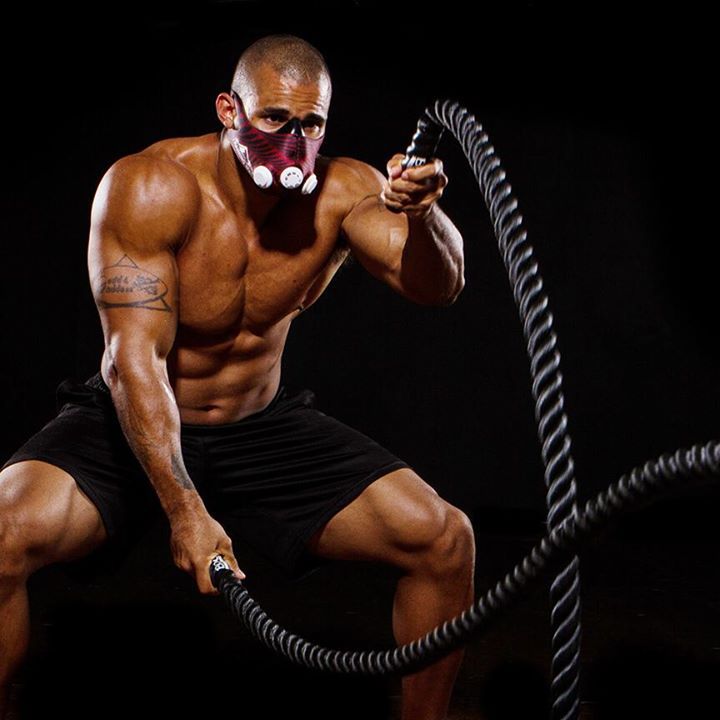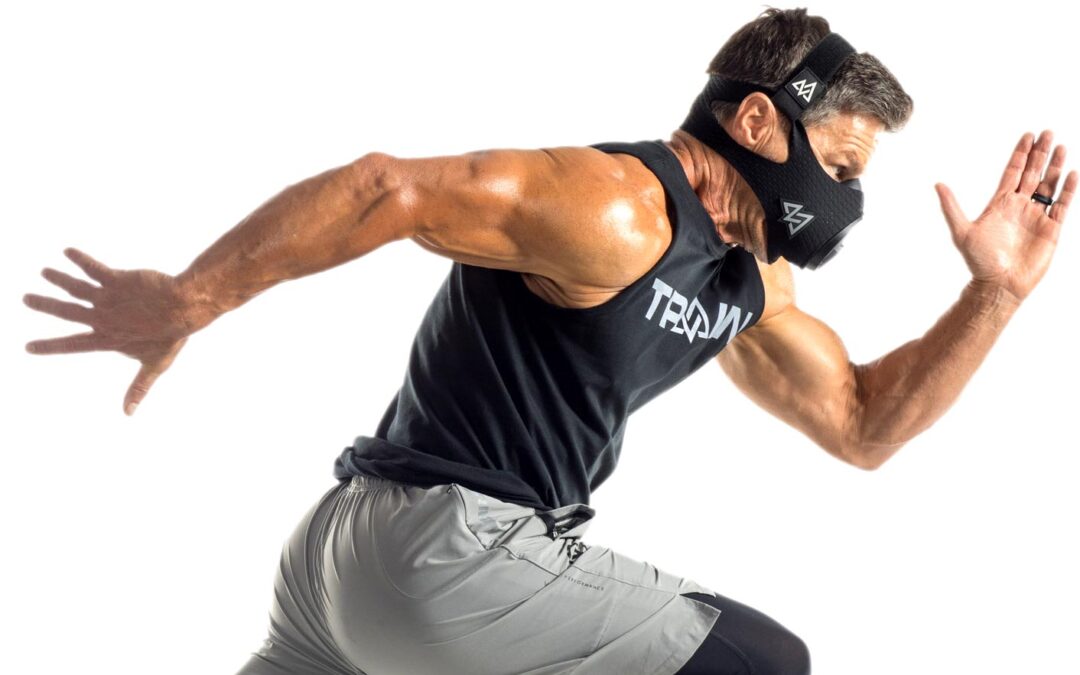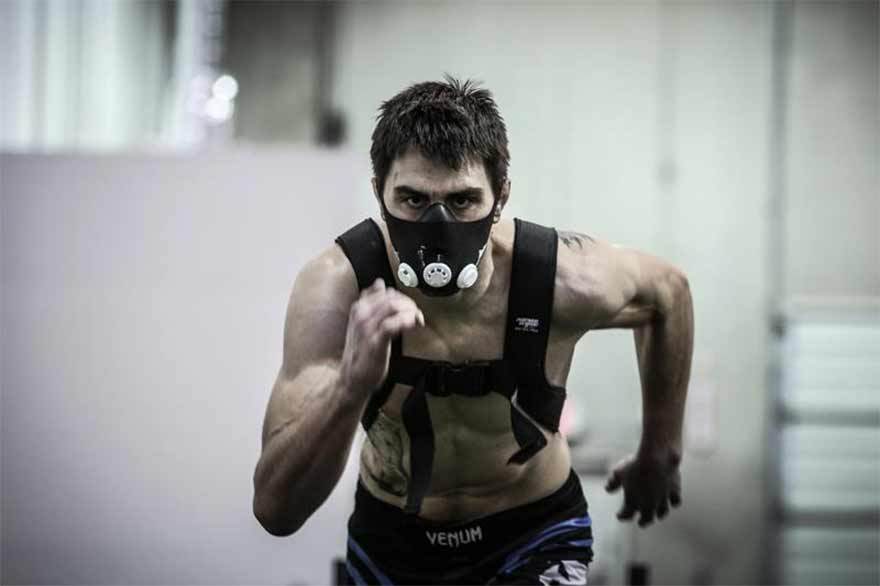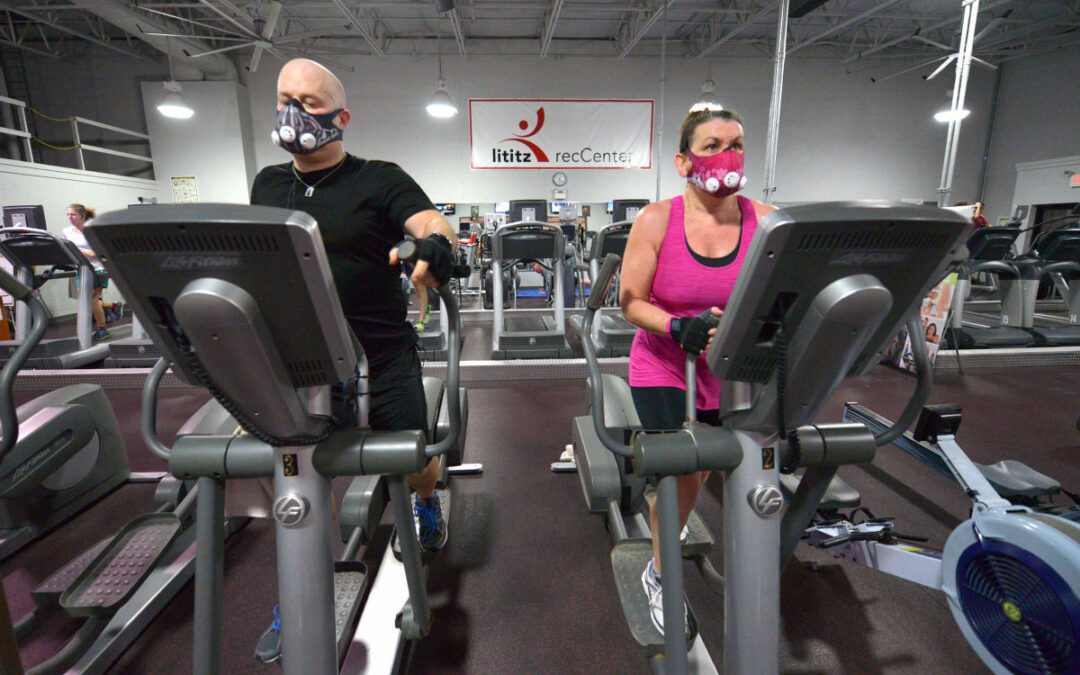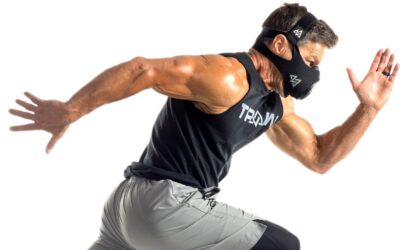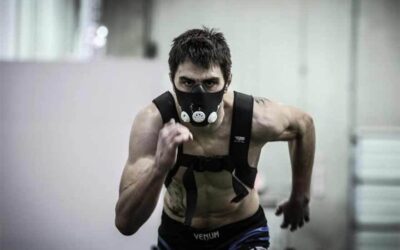If you are even remotely into fitness you probably know by now that there is a lot of bro-science jibber jabber on the Internet about the effectiveness of Training Mask. Once the respiratory training phenomenon started to pick up traction the haters started to talk bad about Training Mask.
The truth is Training Mask is a tool that you can add to your workout to restrict air flow to your lungs. This makes classifies it as a respiratory training device which have inherent benefits to your strength and stamina. So, after all is it just a neat looking thing? Or does it actually work?
It this article we are going to show you the outcome of a University study performed using Training Mask 2.0 on athletes.
The scientific results
After all of the initial speculation there is now an actual scientific study set out to answer the question of if Training Mask improves athletic performance. The fellows over at ACE (America Council of Exercise) conducted a study which proves that the Training Mask improves the key indicators that stand behind the aerobic performance of athletes.
By using the Training Mask you can actually improve the power output (PO) at threshold training intensities. This means that you can improve both your strength and endurance (or your stamina if you will) by constantly incorporating the Training Mask in your workout routine.
This is achieved by restricting air flow by using the various air resistance settings on the Training Mask, which makes your workouts harder than usual. Yes, you will probably not get the same exact effect as if you were running at 6,000 feet, but it is confirmed by scientific research that the Training Mask does improve performance.
Even though this is one of the most well conducted and thorough studies relevant to Training Mask, it only looked at Training Mask in moderate to light usage, and the increase in performance results was still very positive. The subjects used in the study used the Training Mask twice a week for half an hour. So over the course of one week, they got in only one full hour of working out with the Training Mask on, which less than many athletes use their’s.
The study was conducted with a total of 24 athletes, both females and males, which were divided into two groups – one regular training group (the control group) and one group which was using the Training Mask. The duration of the study was 6 weeks in which the subjects performed indoor cycling training at high intensity levels.
The entire purpose what to determine whether or not the Training Mask has an effect on the respiratory capacity and on the overall aerobic performance of the athletes. Long story short, the outcome of the study was that the use of a Training Mask during the workouts increased 4 out of the 6 parameters monitored and increased at a greater rate than the control group. These parameters have a direct impact in breathing performance but also in developing stamina.
How to use the Training Mask
As per the results of the above mentioned study, using the Training Mask just 1 hour per week can give you a performance boost of roughly 15% on key respiratory metrics. We believe that this is just the tip of the iceberg. Instead of using the Training Mask just 1 hour per week, start using it every other workout or even do it each workout if you want to go harder on yourself. By following a more rigorous and intense workout regimen the development of your endurance can be greatly enhanced.
This specific study did not go deep into understanding the difference between the various resistance settings on the Training Mask. However, just as with your weight training, constantly increasing the resistance will continue to developing your muscles. And the Training Mask works in the same way.
Start using the Training Mask selecting a lower air resistance and develop your tolerance to respiratory resistance training at a gradual pace. Once you get comfortable with the starting air resistance go up one level until you get comfortable with that as well. This progressive approach is likely to improve your breathing performance and ultimately your conditioning as you stack on resistance similar to stacking on weight.
A smart approach is to correlate your workouts with different respiratory resistance settings. It’s nonsense to use very high air resistance settings when you are doing your most challenging HIIT training. However you can use more difficult resistance settings when you are doing slow pace cardio or other low intensity activity. For optimal results use a progressive overload approach.
Bottom line
Regardless of what other people might want you to think, the Training Mask does work, there is no doubt about that. There will be naysayers at every corner, but science has now backed Training Mask’s claims up. At the end of the day you can use your common sense to understand how Training Mask creates an increase in performance. Improving your respiratory technique and strength is strongly correlated with improving your stamina and aerobic performance, no matter what sport you are training for.
Weak respiratory performance is why athletes find themselves needing to catch their breath after an intense training session. It is also why we breathe fast when we are sprinting. There is direct connection between your respiratory capacity and your stamina.


